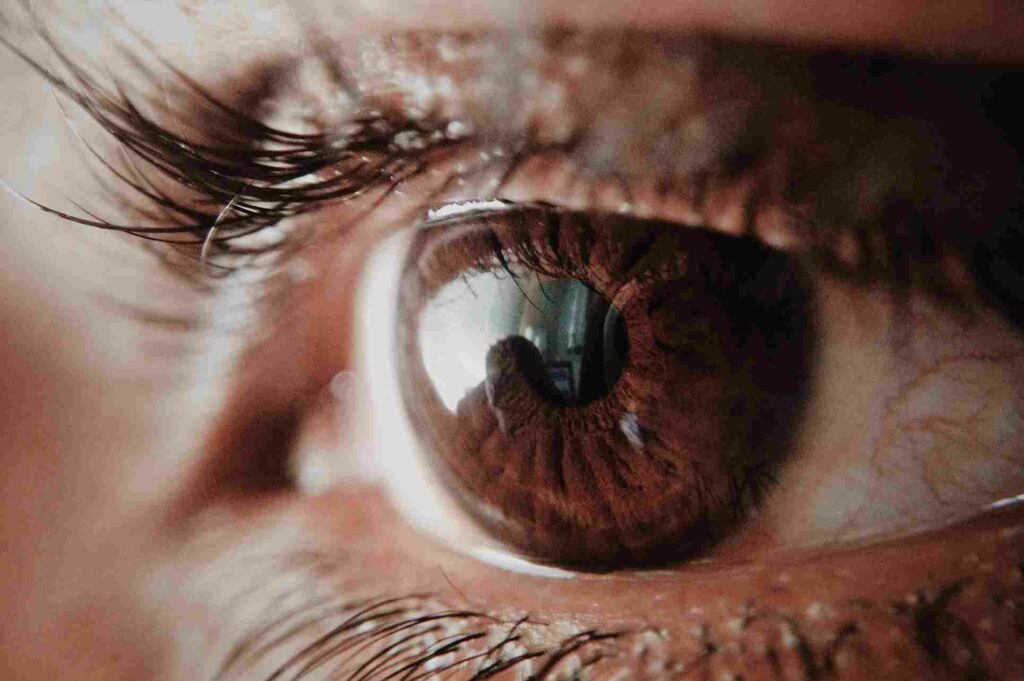If you are considering refractive surgery, you are not alone. Millions of people undergo this type of surgery every year in an effort to improve their vision. There are a variety of different types of refractive surgery, each with its own set of benefits and risks. In this blog post, we will discuss the different types of refractive surgery. We hope that this information will help you make an informed decision about whether or not refractive surgery is right for you!
Contents
What Is Refractive Surgery?

Refractive surgery is a type of eye surgery that corrects vision problems. There are many different types of refractive surgery, each with its own benefits and risks.
It is a type of ophthalmology that focuses on surgically correcting refractive errors in the human eye.
What Are The Different Types Of Refractive Surgery?

The different types of refractive surgery are as follows:
LASIK
This is the most common type of refractive surgery. It involves using a laser to create a small flap in the cornea.
LASIK can correct a wide range of vision problems, including nearsightedness, farsightedness, and astigmatism. It is also one of the most successful types of refractive surgery, with a very high success rate. These include dry eye flap problems vision loss or changes.
Photorefractive Keratectomy PRK
This type of surgery is similar to LASIK but does not involve creating a flap in the cornea. Instead, the surgeon simply removes the outermost layer of the cornea (called the epithelium) before reshaping the tissue underneath.
PRK is often a good choice for people with very thin corneas or other eye conditions that make LASIK risky. It may also be a good choice if you participate in contact sports because there is no risk of injuring the flap.
PRK recovery takes longer than LASIK, so you may not be able to see as well immediately after surgery. But within a few days, most people achieve a 20/20 vision or better.
As with LASIK, PRK involves temporarily cutting off the supply of oxygen to the cornea. This can cause some side effects, such as short-term blurry vision, light sensitivity, and fluctuating vision. These side effects are usually mild and improve within a few days to weeks.
LASEK
This type of surgery is similar to PRK but involves using a laser to loosen the epithelium from the rest of the cornea before removing it. This helps to minimize the risk of damage to the underlying tissue.
The benefits of LASEK over other types of surgery include a shorter recovery time and a lower risk of complications. These include infection, inflammation, and dry eye. Some people also experience temporary light sensitivity or blurry vision immediately after the procedure. In rare cases, more serious complications can occur, such as corneal scarring or vision loss.
Refractive Lens Exchange
This surgery is typically only performed on patients over the age of 40 who are not candidates for LASIK or PRK. It involves removing the natural lens of the eye and replacing it with an artificial lens. Reduced dependence on glasses or contact lenses. Improved vision in low-light conditions
Reduced risk of cataracts, infection, inflammation swelling glare, halos, and double vision.
Intracorneal ring
This type of refractive surgery involves the placement of an implantable device in the cornea. The device is designed to change the shape of the cornea, which then alters the way light is refracted and enters the eye. This can correct vision problems such as myopia (nearsightedness). The main benefit of this type of refractive surgery is that it can provide significant visual improvements for patients with myopia. Additionally, this type of surgery is generally considered to be safe and effective and there is typically a very short recovery time associated with this type of surgery.
Conductive Keratoplasty
Conductive Keratoplasty (CK) is a type of refractive surgery that uses radio waves to change the shape of the cornea.
The CK procedure is performed by numbing the eye and then using a special instrument to apply radio waves to the cornea. The heat from the radio waves creates tiny areas of scar tissue in the cornea. These scars cause the cornea to change shape, which helps to focus light onto the retina. The CK procedure usually takes less than 30 minutes to perform and does not require stitches.
Most people who have CK surgery experience significant improvements in their vision. However, some people may need to wear glasses or contact lenses after the surgery. Additionally, CK surgery may not be effective for people with certain types of refractive errors.
Laser Thermal Keratoplasty
Laser thermal keratoplasty (LTK) is a refractive surgery that uses a laser to create tiny bubbles in the cornea. This alters the shape of the cornea, which changes the way light enters the eye and improves vision. It is most often used to treat farsightedness, but it can also be used to treat astigmatism.
Automated Lamellar Keratoplasty
This type of refractive surgery uses a laser to create a hinged flap in the cornea. The surgeon then uses another laser to remove a small amount of tissue from the middle layer of the cornea. This helps to reshape the cornea and correct vision problems.
It is used to treat mild to moderate nearsightedness. It may also be used to treat astigmatism.
Astigmatic Keratotomy
This is a refractive surgery used to correct astigmatism. It involves making incisions in the cornea to change its shape. This can be done with a laser or manually with a blade.
It can provide significant correction of astigmatism, potentially improving vision. It may cause over-correction or under-correction of astigmatism, requiring a second surgery, and may also cause other complications such as infection, vision loss, or scarring.
Radial Keratotomy
Radial keratotomy (RK) is a refractive surgery that involves making incisions in the cornea to change its shape. This can correct myopia (nearsightedness), hyperopia (farsightedness), and astigmatism. The incisions are usually made with a diamond knife, and they cause the cornea to flatten or become less curved. This alters the way that light enters the eye, which improves vision.
RK is one of the oldest types of refractive surgery.
Epi-LASIK
Epi-LASIK is a type of surface ablation procedure. It is very similar to LASIK. The epitome is used to create the flap in the cornea. This instrument uses a diamond tip to gently separate the tissue layers of the cornea while it is often used for patients who are not good candidates for LASIK due to thin corneas.
Who Are Eligible For Refractive Surgery?
There are many people who can benefit from refractive surgery. The best candidates for refractive surgery are:
- Adults over the age of 18
- People with healthy eyes and no serious eye conditions
- People who are not pregnant or nursing
- People who do not have a history of keloid scarring
- People who are not currently taking any medications that could affect healing
Conclusion
It may be concluded that types of refractive surgery are varied. The best type of refractive surgery for a particular individual may depend on several factors. Anyone considering refractive surgery should consult with an experienced eye care professional to learn more about their options and to make an informed decision about which type of surgery is right for them.
For more information and guidance, please contact Eye Mantra. This platform offers the most accurate guidance and advanced surgical options for your eyes including PRK, Femto Lasik, SMILE surgery, Standard LASIK, and Contoura vision. If you have any questions on LASIK surgery, LASIK surgery cost, and LASIK procedure, call us at +91-9711116605 or email at [email protected].


